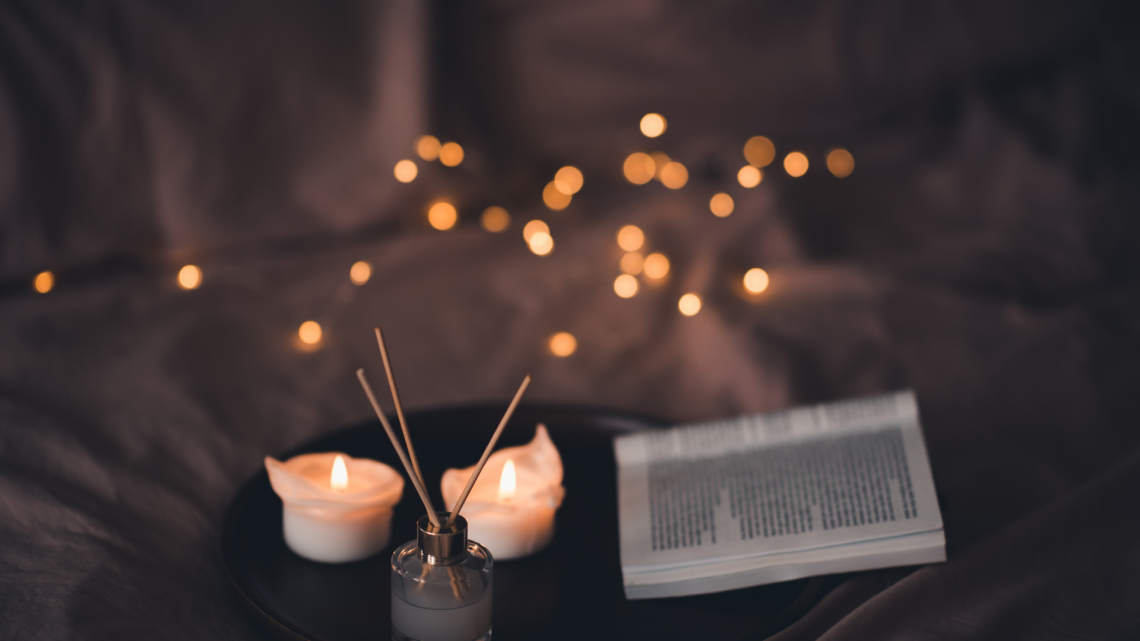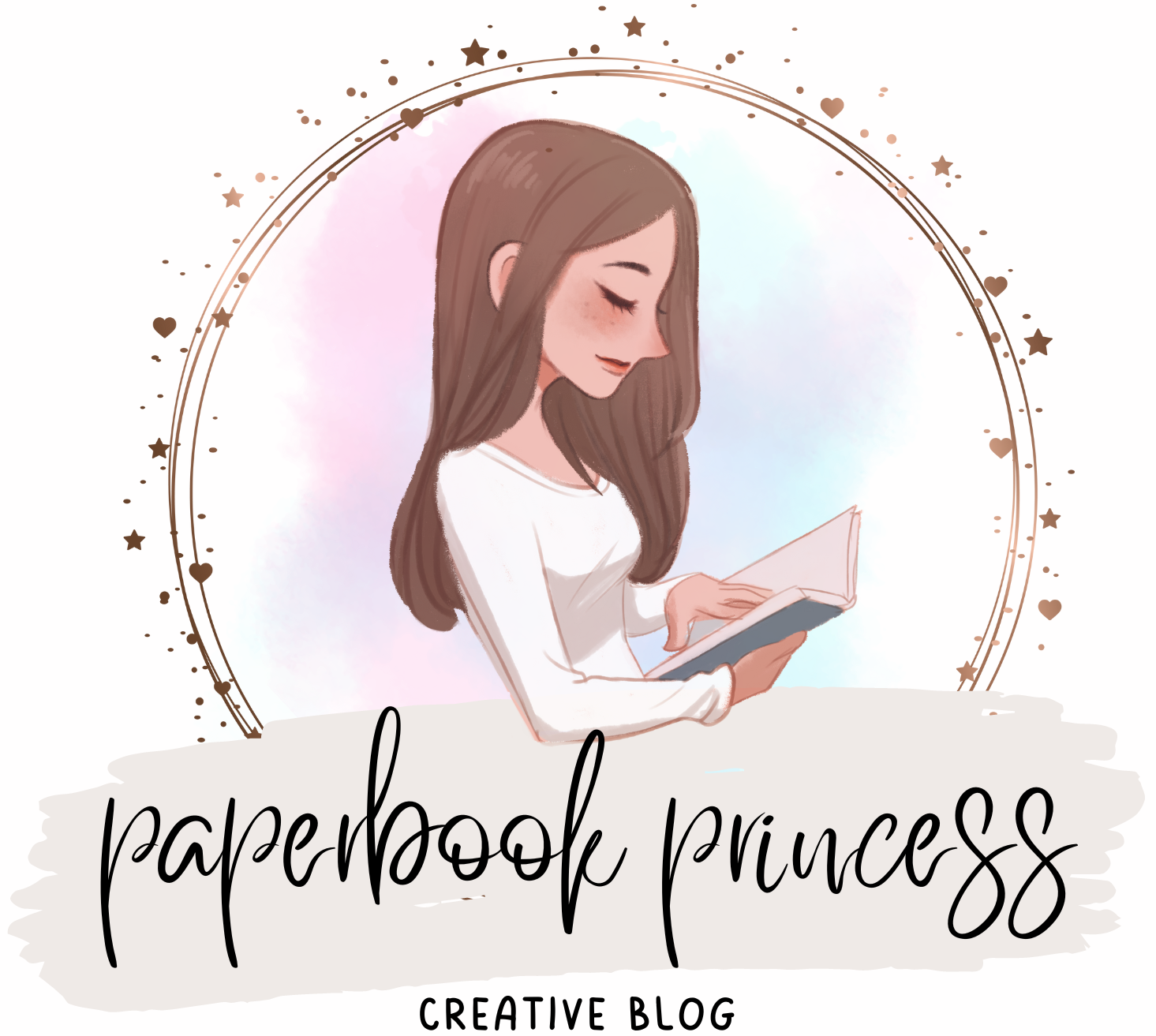
How Art Can Transform Your Home: Enhance Aesthetics and Create Atmosphere
Art possesses the remarkable ability to change the atmosphere of a home. Incorporating the right pieces can elevate the decor, making spaces feel inviting and personalized. The selection of artwork influences moods and can even spark conversation, breathing life into every room.
When thoughtfully displayed, art can serve as a focal point, drawing attention and admiration. It is not just about aesthetics; the carefully curated pieces reflect personal tastes and stories, allowing individuals to connect on a deeper level with their environment.
Furthermore, art can harmonize with existing decor, blending colors and themes to create a cohesive look. Whether it’s a bold painting in the living room or subtle prints in a hallway, these elements together can transform a house into a true home.
The Power of Art in Interior Design
Art significantly influences the atmosphere and style of a space. It acts as a transformative element that can enhance the overall aesthetic while reflecting personal taste and mood.
Establishing a Focal Point with Art
Art serves as a compelling focal point in interior design. A well-placed piece can draw attention and anchor the room. This could be a large painting or a striking sculpture that commands visibility.
When selecting artwork, consider the size and placement. For example, a bold canvas above a sofa instantly becomes a conversation starter.
Using various frames and styles can enhance visual interest. Additionally, lighting playfully highlights art, adding depth to its presence in the room.
Harmonizing Art with Home Style and Personal Taste
Choosing art that complements existing decor is crucial. Incorporating pieces that resonate with one’s style can create a cohesive look.
For modern interiors, minimalist artwork works well. In contrast, traditional spaces might benefit from classical paintings or ornate frames.
Combining various styles artfully can reflect unique personality traits. A curated selection of art can speak volumes about the homeowner’s journey, interests, and preferences.
Color Palette: Setting the Mood through Art
Color plays a critical role in the relationship between art and interior design. It affects the room’s mood and enhances ambiance. Selecting artwork that aligns with the room’s color palette can create harmony. Whether opting for bold, contrasting colors or soft, muted tones, consistency is essential.
For example, a vibrant abstract piece can energize a neutral space. Conversely, soothing landscapes can establish tranquility in any room. Art allows for creative expression through color, setting the desired mood and elevating the space’s overall aesthetic.
Curating Your Personal Art Collection
Creating a personal art collection adds character and warmth to any home. It reflects an individual’s tastes, experiences, and emotions. A thoughtful selection and arrangement can transform walls and spaces into stories told through artworks.
Choosing Art that Resonates
Selecting art should be a personal journey. Individuals should consider pieces that evoke specific emotions or memories. This connection is essential for a meaningful collection.
- Personal Preference: Prioritize what resonates emotionally rather than following trends.
- Diversity of Media: Explore paintings, sculptures, photography, and mixed media to enhance variety.
- Cultural and Historical Context: Consider artworks that reflect personal heritage or significant historical narratives.
Visiting galleries, art fairs, or local markets can provide exposure to a wide range of styles and artists. Engaging with artists can also deepen appreciation and connection to the work.
Investing in Original Art for Emotional Connection
Original artworks create a stronger emotional bond than prints or replicas. Investing in unique pieces often leads to more impactful experiences in a home.
- Authenticity: Original art carries the artist’s story, offering a deeper narrative.
- Value Appreciation: Original pieces can appreciate over time, both financially and sentimentally.
- Supporting Artists: Purchasing original art supports creators, fostering a vibrant art community.
When possible, visiting an artist’s studio can facilitate a direct connection. This experience allows one to witness the creative process and engage in discussions surrounding the work.
The Art of Arrangement: Gallery Walls and Grouping
Arranging art thoughtfully enhances its impact within a space. A well-designed gallery wall can serve as a focal point in any room.
- Theme Development: Create a cohesive theme using color palettes or emotional stories.
- Mixing Sizes and Frames: Varying frame sizes and styles adds visual interest and depth.
- Spacing: Maintain consistent spacing—typically 2-5 inches between pieces—for a polished look.
Group art in clusters to create balance and rhythm. Experiment with layouts on the floor before hanging to best visualize the final arrangement. This approach fosters creativity and storytelling through art.
Art Placement and Presentation Tips
Strategically placing and presenting art can significantly enhance visual impact. Proper attention to eye level, spacing, framing, and lighting can create stunning focal points and elevate the home’s ambiance.
Finding the Sweet Spot: Art at Eye Level
Positioning art at eye level ensures that it draws attention without overwhelming the viewer. The ideal height is generally around 57 to 60 inches from the floor. This height aligns with the average person’s line of sight, allowing for an immersive experience.
In spaces with multiple pieces, such as galleries or grouped displays, maintain a consistent eye level for cohesion. This creates a gallery-like feel and makes viewing enjoyable. Consider the scale of the artwork relative to the wall space to avoid a cramped or empty appearance.
Spacing and Framing Techniques for Impact
Spacing is crucial for allowing artwork to breathe and be appreciated. A common guideline is to leave 2 to 5 inches between framed pieces. This distance prevents visual clutter and enhances individual pieces’ significance.
Choose frames that complement the artwork and the surrounding decor. Bold, thick frames may suit modern art, while ornate frames might be better for classical styles. Different textures in frames can add depth and interest, making the presentation more engaging.
Illumination: Showcasing Art in the Best Light
Proper lighting plays a vital role in art presentation. Use adjustable spotlights or wall sconces to highlight pieces without causing glare. Natural light can enhance colors but should be filtered to prevent fading.
Consider the direction of light; avoid direct sunlight for delicate artworks. Using a combination of ambient and task lighting can create dynamic visual effects. Incorporate dimmers for flexibility, allowing the mood to change with the time of day or occasion.
Maximizing Impact on a Budget
Achieving a striking interior aesthetic doesn’t always require a hefty budget. By selecting vibrant prints and engaging in DIY art projects, individuals can elevate their home’s decor effectively and affordably.
Incorporating Vibrant Prints and Affordable Finds
Choosing colorful prints can immediately brighten a space. Thrift shops and online marketplaces often offer unique pieces at low prices. Look for prints that feature bold colors and clean lines to enhance visual appeal.
Gallery walls are a popular way to display multiple prints. Individuals can mix sizes and styles for an eclectic look. Pairing framed art with unframed pieces adds dimension without a significant cost.
When selecting prints, consider themes that resonate personally, such as nature or abstract designs. This personalization invites warmth into the home. Utilizing simple frames can unify the collection and keep the focus on the art itself.
D.I.Y. Art Projects with High Visual Appeal
Creating art can be an enjoyable and cost-effective pursuit. D.I.Y. projects allow individuals to express their creativity while maintaining a budget. Using materials such as canvas, wood, or even recycled items can yield stunning results.
For example, a paint pour technique creates vibrant abstract pieces with minimal supplies. Additionally, designs made from wall decals can add a splash of color and texture without the permanence of paint.
Crafting customized art ensures it suits individual tastes and home decor. This personal touch often enhances the overall aesthetic of a room, making it feel more inviting and unique. Simple techniques can lead to impressive visual statements that captivate visitors.





